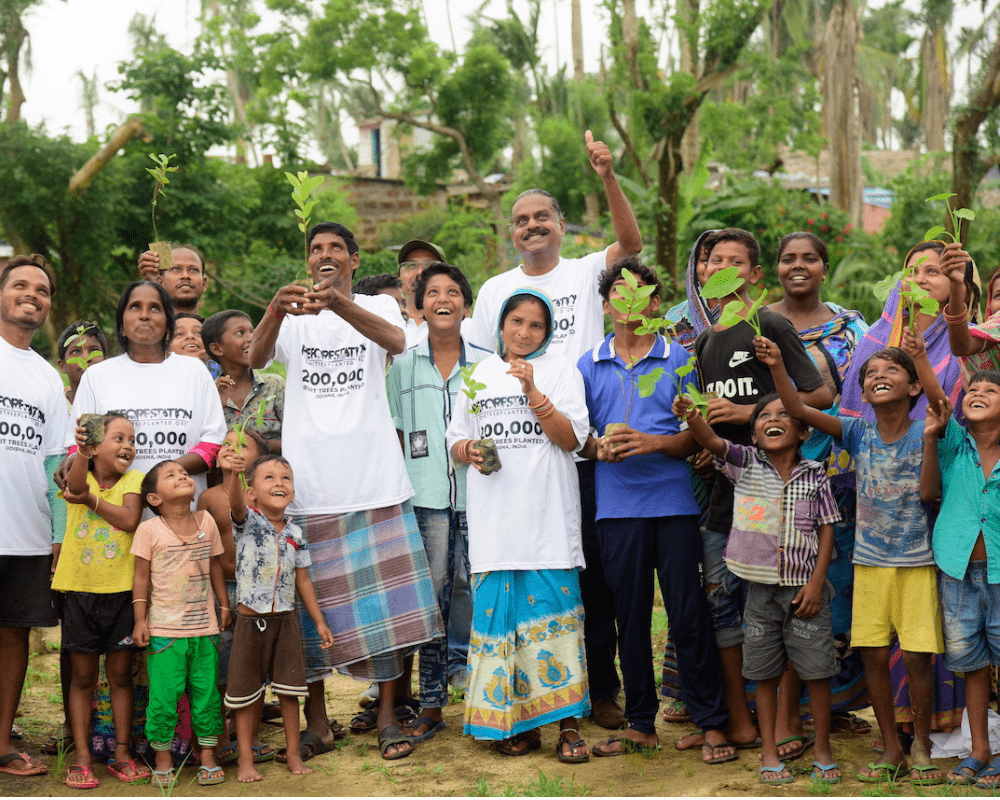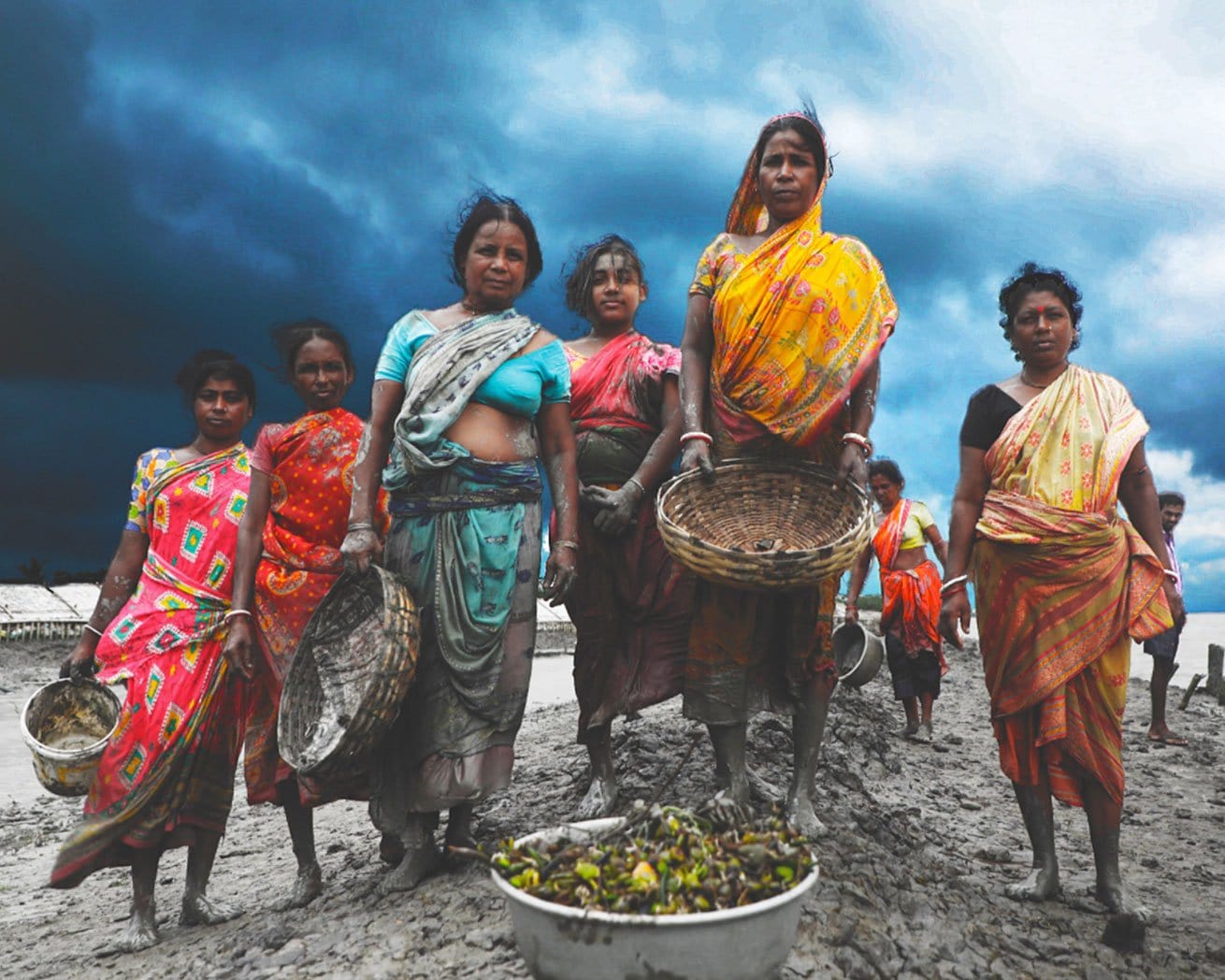Asia
Planting trees for biodiversity and climate.
Thailand
REFORESTATION IN
Asia
From the expansive, subarctic Russian taiga in the north to the largest continuous mangrove forest in the world, the Sundarbans, Asia is a continent of extremes. It's home to the tallest peak in the world, Mount Everest, the lowest area of Earth's land surface, the Dead Sea, the deepest continental trough, Lake Baikal, and the world’s longest coastline. Asia’s rainforests, some of the oldest in the world, are home to iconic species such as orangutans, the sloth bear, and the red panda.
Home to 15% of the world's tropical rainforests, Southeast Asia is one of the most biodiverse areas on Earth. It's also a deforestation hotspot, with one of the highest tropical deforestation rates globally – comparable only to Latin America. Data from 2019 shows that Indonesia alone was responsible for nearly 14% of global tropical deforestation. This loss is primarily fueled by land clearing for agriculture, urban expansion, mining and logging, leading to habitat destruction, biodiversity loss, carbon emissions, and more. The combination of very high biodiversity and profound habitat loss makes reforestation here a critical global priority.
25
Planting Partners
11
Countries
3,511,283+
Trees Planted
*Impact metrics shown represent our 2023 impact.
Our Project Locations
Reforestation Map
Reforestation in Asia focuses on restoring forest cover in a critical region for biodiversity and climate change, while also creating sustainable jobs. View the reforestation map to discover areas where we have planted trees in Asia.
Recent Projects

Featured reforestation locations
Across Asia, our tree-planting projects are restoring habitats for critically endangered species. Learn more about how our work is making a difference in countries throughout this vast and diverse continent.









India
India’s environment is facing significant challenges, from deforestation to habitat fragmentation. Our projects in India aim to provide sustainable income opportunities and improve food security for local communities while restoring vital ecosystems.
Learn More







Thailand
Thailand’s diverse landscapes, from tropical rainforests to coastal mangroves, are under threat from deforestation. Our reforestation projects in Thailand help restore watersheds, stabilize soils, and support both people and wildlife.
Learn More
Argentina
Lorem ipsum odor amet, consectetuer adipiscing elit. Facilisi dictumst nam maecenas class et sociosqu orci accumsan tellus.
Leo cras dis sociosqu non luctus aenean suspendisse mus.
Learn More
Dominican Republic
Lorem ipsum odor amet, consectetuer adipiscing elit. Facilisi dictumst nam maecenas class et sociosqu orci accumsan tellus. Leo cras dis sociosqu non luctus aenean suspendisse mus.
Learn More
Guatemala
Lorem ipsum odor amet, consectetuer adipiscing elit. Facilisi dictumst nam maecenas class et sociosqu orci accumsan tellus. Leo cras dis sociosqu non luctus aenean suspendisse mus.
Learn More
Honduras
Lorem ipsum odor amet, consectetuer adipiscing elit. Facilisi dictumst nam maecenas class et sociosqu orci accumsan tellus. Leo cras dis sociosqu non luctus aenean suspendisse mus.
Learn More
Mexico
Lorem ipsum odor amet, consectetuer adipiscing elit. Facilisi dictumst nam maecenas class et sociosqu orci accumsan tellus. Leo cras dis sociosqu non luctus aenean suspendisse mus.
Learn More
Panama
Lorem ipsum odor amet, consectetuer adipiscing elit. Facilisi dictumst nam maecenas class et sociosqu orci accumsan tellus. Leo cras dis sociosqu non luctus aenean suspendisse mus.
Learn MorePlant Trees for Impact
Together, reforesting the globe.
Reforestation is one of the best ways to restore ecosystems that have been degraded or deforested. Plant trees to support reforestation work in the locations where it is needed most.


Planting trees in Asia restores critical wildlife habitat in some of the most ecologically priceless places on earth. Our work fosters sustainable livelihoods for local communities, and helps improve the land's capacity to adapt to climate change.
KM Reyes
Project Manager
Fundraising Disclosures

Be Part of the Restoration Movement
The Grove is more than just a monthly giving program: it's a vibrant community of individuals who are dedicated to reforestation and environmental restoration on a global scale.